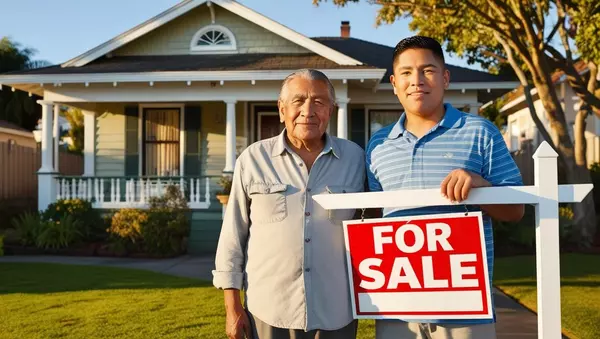
Is now the time to buy a home in Memphis, TN?
🏡 Why Now Might Be the Perfect Time to Buy a Home in Memphis, TN Thinking about buying your first home in Memphis? You’re not alone—and you might be in a better position than you think. With interest rates stabilizing and Memphis remaining one of the most affordable cities in the U.S., now could be

Powering the Future: Highlights from Epique PowerCon 2025
What an electrifying week it was at Epique PowerCon 2025! From coast-to-coast expansion to powerful new partnerships and agent benefits, this year’s conference has been nothing short of transformative. 🌍 Nationwide and Global Expansion We’re proud to announce that Epique is now active in all 50 sta

March Madness: Avoid the Brackets and Score Big in Your Home Search!
🏀 March Madness: Avoid the Brackets and Score Big in Your Home Search! 🏡 March Madness is here! As basketball fans across the country fill out their brackets and cheer on their favorite teams, it's also the perfect time to draw some winning strategies for your home-buying journey. Much like buildi
Categories
Recent Posts











